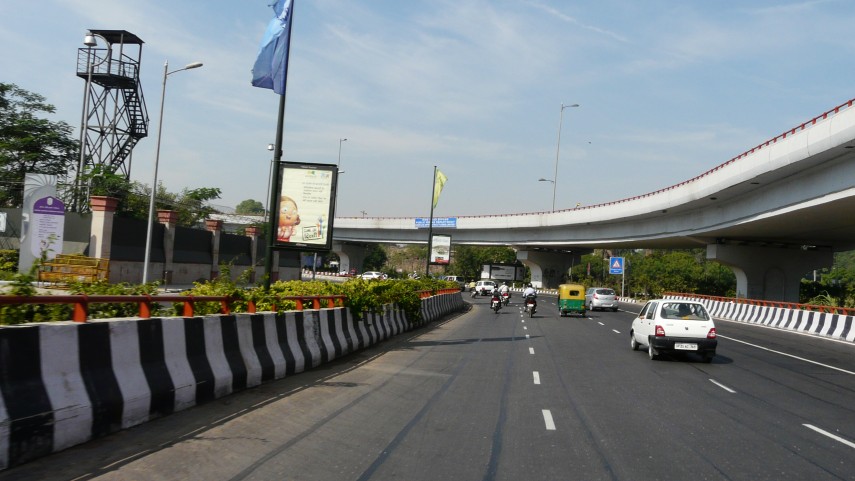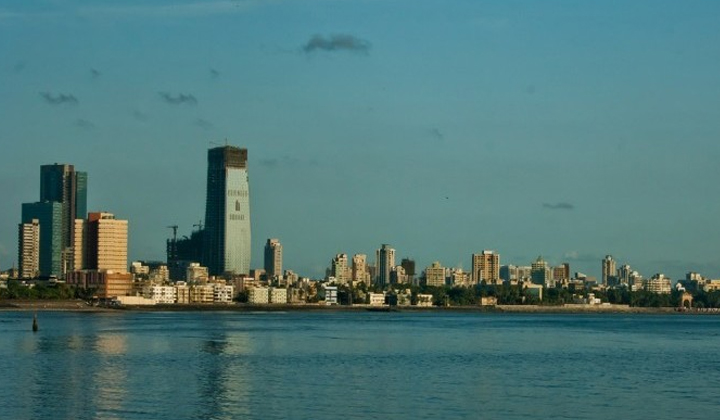Trending Now
- Action should be taken against the cops who protect the Ganja accused in TN : PMK leader Anbumani Ramdoss
- Votes that go to Congress or INDI alliance is a waste : PM Modi
- Court grants one-day custody to police to investigate Youtuber Savukku Shankar.
- We actually got our independence only in 2014. The independence to change this country as it should be : Actor , politician, Kangana Ranaut
Real Estate
NHAI’s Plan to Decongest Delhi-NCR Roads: An Overview
![]() April 24, 2016
April 24, 2016
Sunita Mishra
While Delhi Chief Minister Arvind Kejriwal is working on it, with his government’s odd-even formula for rationing of vehicles on the road, the National Highways Authority of India (NHAI) has come up with its own action plan to decongest the roads in Delhi-National Capital Region.
After its first implementation in January this year, the Delhi government has brought the second phase of the odd-even plan, under which vehicles with odd and even number plates are being allowed on Delhi roads only on alternate days during the 15-day period from April 15 to 30.
To add an impetus to the drive to decongest the Delhi-NCR roads, which are becoming increasingly dangerous due to the unmanageable traffic snarls, NHAI has proposed to construct new roads and upgrade the existing ones, besides building more flyovers and underpasses. Among the many proposals to tackle the situation, the authority plans remove traffic lights at the defence zone at Palam in South Delhi.
According to NHAI Chairman Raghav Chandra, “Decongesting Delhi is the need of the hour” and this plan may go a long way in easing the unmanageable traffic on Delhi-NCR roads.
PropGuide decodes the Delhi Decongestion Plan and tells you how effective it might be in addressing the capital’s traffic woes.
The plan
As recommended in the Delhi Master Plan, 2012, NHAI is going ahead with Urban Extension Road-I and -II. While UER-I will connect Rajokri, Bijwasan, Najafgarh, National Highway-1, -8 and -10, while UER-II will connect Vasant Kunj in South Delhi through the existing Dwarka Link Road, Najafgarh linking NH-1, -8 and -10. The Kalindi Bypass over the Yamuna River would provide an alternative to NH-2 traffic and help decongest the busy Ashram Chowk in South Delhi.
By building eight new radial roads that would connect the outer ring road with eastern and western peripheral expressways, the authority aims to achieve “smooth and quick dispersal of commercial traffic out of Delhi, in the shortest possible time”. These eight radial road networks will be Azadpur-Sonepat, Kashmere Gate-Baghpat, Nizamuddin Bridge-Dasna, Noida-Budh International Circuit, Lajpat Nagar-Kherli Kankar, Shivaji Place-Badli, Wazirpur-Pipli and Bhikaji Cama Place-NBRC Gate on NH-8. The new links to NH-8, along with improved junctions, the authority expects, will further decongest the Delhi-Gurgaon Road, the Palam area, Aya Nagar, Vasant Kunj and the MG Road.
With a blueprint in hand, the authority has invited suggestions from architects, urban planners and citizens by the end of this month to help it build a better road map.
The wider NCR
The Delhi-NCR, which covers 13 districts of the neighbouring Haryana, seven of Uttar Pradesh and two of Rajasthan, is spread over an area of 46,208 square kilometres. This, according to the NHAI website, is India’s largest and the world’s second-largest urban agglomeration, housing a population of 54 million. The number of registered vehicles in the region is as high as 88.50 lakh.
Here is a look at the new plan’s merits:
Centre-state coordination: In its own capacity, the Delhi government has been taking measures to ease traffic on the city’s roads. The help from a central body will help it achieve the target and take care of the policy-level hindrances.
Local understanding: Most infrastructural problems are better understood by local residents than urban planners making theoretical plans while mostly sitting in plush government offices. By inviting suggestions from the common man, NHAI may be able to implement the whole plan in a better way.
Relief for working people: The plan to decongest the various links between Delhi and Gurgaon will bring a huge respite to a large working population that travels between the cities every day and faces difficult traffic jams during rush hours. Many companies have, in fact, had to change their office timing so that their employees could avoid traffic.
Implementation: A lot lies in how the plan on papers is implemented in reality. The plan is still in an early stage at present, and it remains to be seen how NHAI will fund and implement these projects.
























